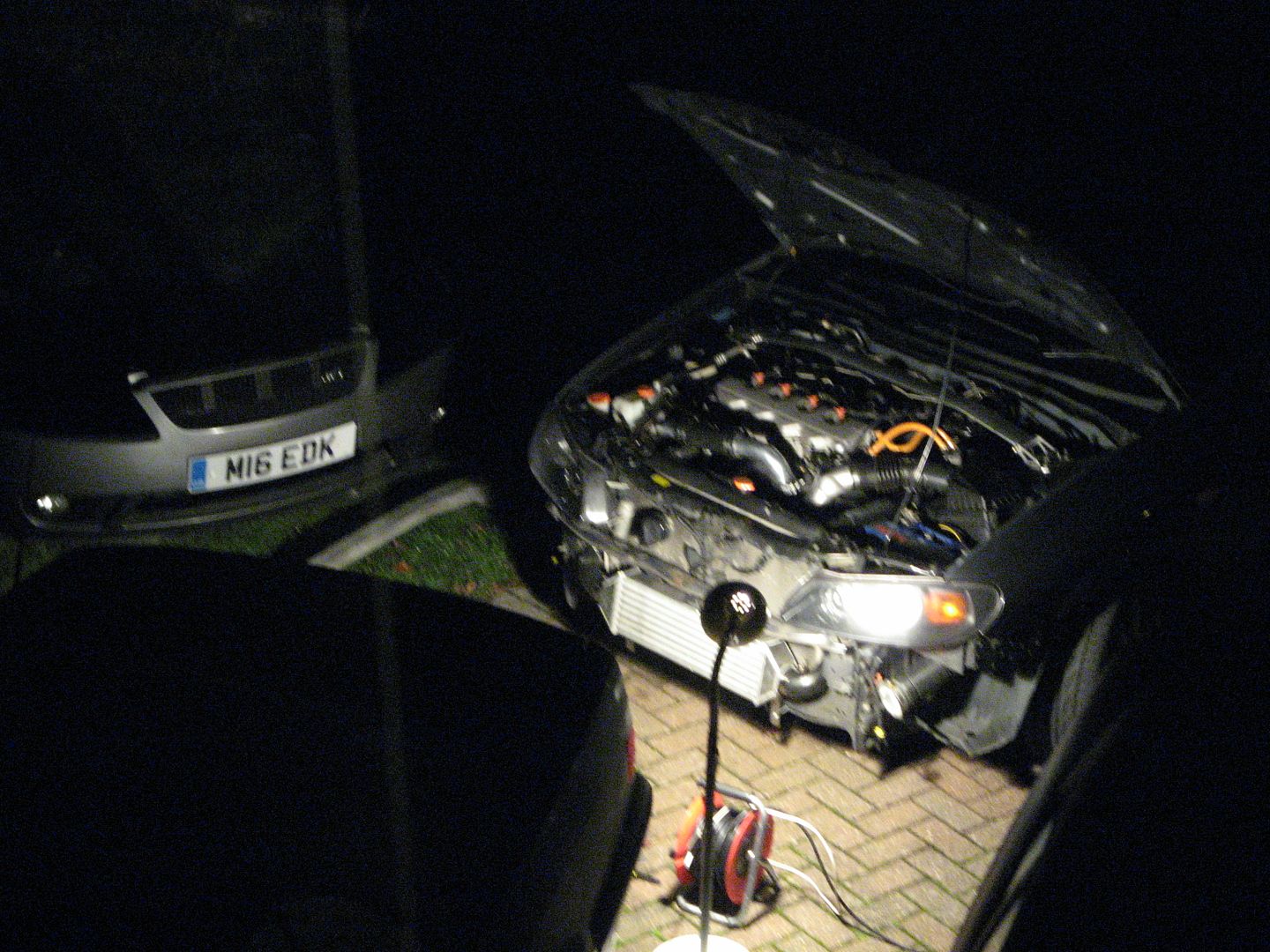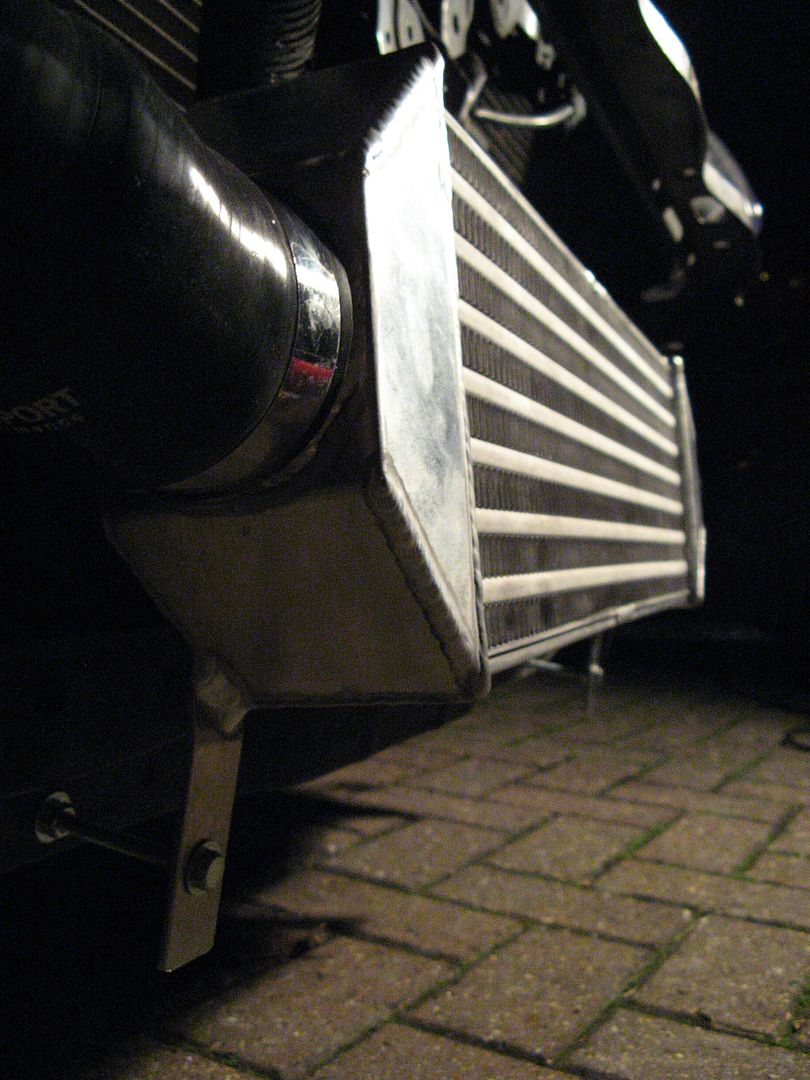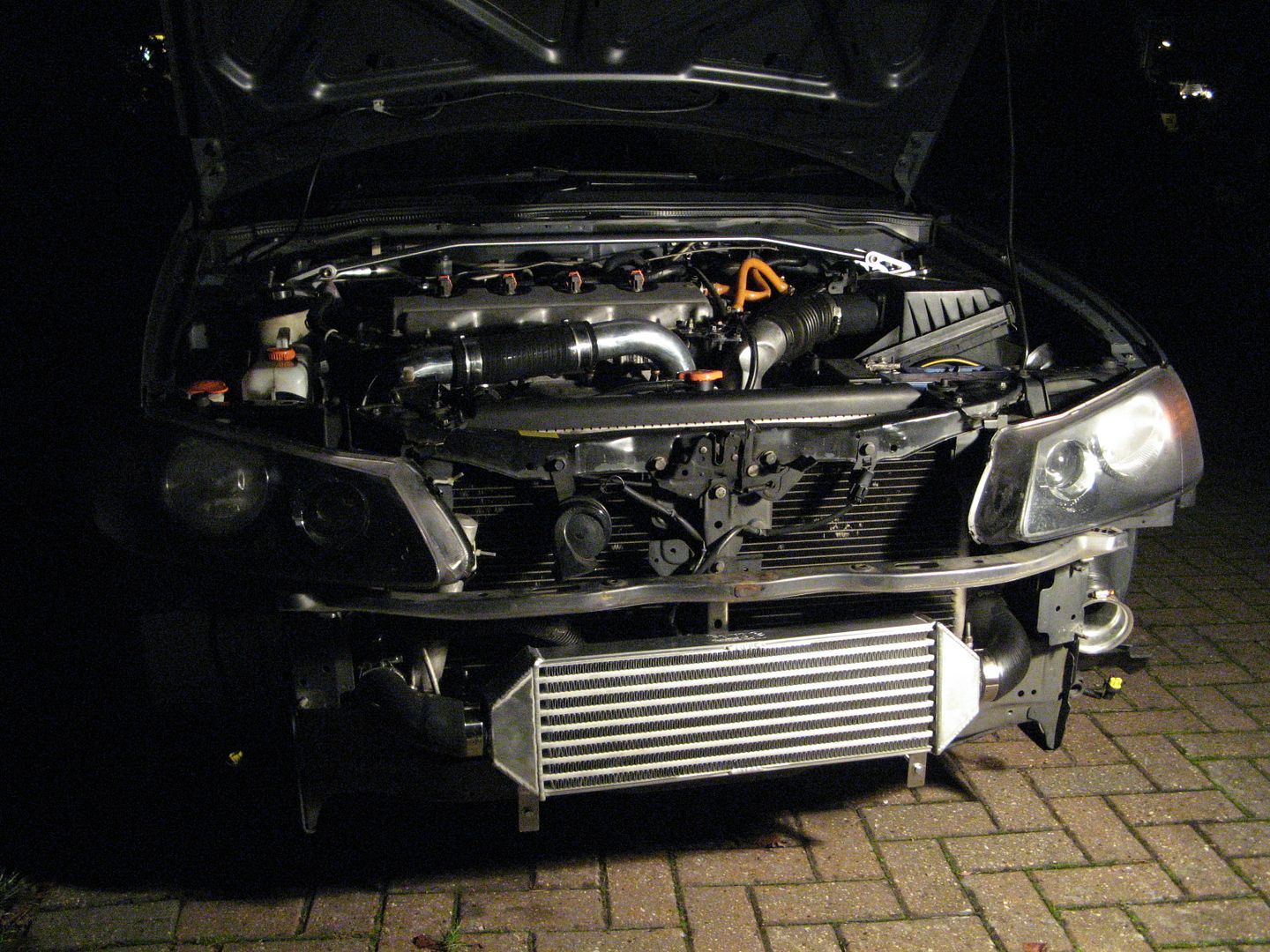That PE dyno place isnt winning a good reputation, what does the butt dyno say?.. Just outa curiosity why not go for a 3'' core/piping
You are using an out of date browser. It may not display this or other websites correctly.
You should upgrade or use an alternative browser.
You should upgrade or use an alternative browser.
N16 DCi-R
- Thread starter edk
- Start date
shaggy_master
brapp brapp!
Dynos are shit
ed, i spent ages thinking over all this crap when i got lower than expected at surrey. Then i read loads on the web about dyno dynamics in particular and comparisons with dynojets and dynapackks.
Long and short of it was dyno dynamics have a reputation for either reading low or being inconsistent, due to these correction factors and other settings and parameters that go into setting them up at each place. Unfortunately the only real way to know for sure would be to do a run in the morning on whichever dyno you choose, then fit the new set-up, then dyno it again in the afternoon on the same dyno! lol, not exactly practical.
Failing that going back to the placeyou first went is next best. I know where you're coming from with the base runs seeming consistent etc, but there's too much to it.
Personally if i was looking at mods and gains now i think i'd use a dynoet or dynapack, forgetting the high/low figures thing, purely on them apparently being more consistent.
Long and short of it was dyno dynamics have a reputation for either reading low or being inconsistent, due to these correction factors and other settings and parameters that go into setting them up at each place. Unfortunately the only real way to know for sure would be to do a run in the morning on whichever dyno you choose, then fit the new set-up, then dyno it again in the afternoon on the same dyno! lol, not exactly practical.
Failing that going back to the placeyou first went is next best. I know where you're coming from with the base runs seeming consistent etc, but there's too much to it.
Personally if i was looking at mods and gains now i think i'd use a dynoet or dynapack, forgetting the high/low figures thing, purely on them apparently being more consistent.
WHP, Torque and BHP means f*** all on the strip, the fact that you've already smoked a Type-R means that dyno sheets should be the least of your concern. A 747 has 40,000 bhp but by the time you've reached the quarter mile the plane has left the terminal yet.
Well done so far and keep up the good work!
Well done so far and keep up the good work!
that looks cracking ed, good work there! and as others have said don't worry about the dyno numbers, as long as the but dyno says it's quicker!
zero point going to different dyno as we all know. still great results tbf but still................. be proud boss.
The argument though is against using different brands and types of dyno like you guys did. But now this just shows that you cant even trust the same dyno type running the same software... and dyno dynamics pride themselves on being consistent. I've been looking into it and it seems that PE didnt place the intake temp probe correctly which may be affecting the results.
I think I might buy an OBD scan gauge or air temp gauge to accurately measure my intake temps to confirm what it right at the time of dynoing and also to compare it to ambient temps and see which dyno is running the correct comparative figures between the two. For some reason only PE seem to record a lower IT to AT. I wonder why they record this differently. What ever way you look at it though the probe wasnt placed correctly so it kind of makes the run null and void.
I think I might buy an OBD scan gauge or air temp gauge to accurately measure my intake temps to confirm what it right at the time of dynoing and also to compare it to ambient temps and see which dyno is running the correct comparative figures between the two. For some reason only PE seem to record a lower IT to AT. I wonder why they record this differently. What ever way you look at it though the probe wasnt placed correctly so it kind of makes the run null and void.
Certainly looks the part Ed ! :thumb:
HA!
Trick or Treat! For a second I thought there were two of you f***ers!
Measuring intake temperatures incorrectly would only affect the AFR map not the power or torque maps. The power is measured physically from the rollers at the wheels and then the mechanical drag is measured and the flywheel power is calculated from that. I don't see the intake temperature making a difference. Loving that new IC by the way Ed. Diesel rules!
It seems that's not the case tho spook. For consistency DD dynos use things like ambient air temp and pressure and intake temp as correction factors in an equation which attempts to calculate power output if the air pressure was 990mbr and the ambient was 25c. But its the variations that these variables have on different types of engines that makes the the formulation very hard to get right for everyone. The SR20 forum agrees that the probe can affect your reading and that DD rollers are very sensitive to it.
Thanks mate
Thanks mate
Oh I see. Seems strange to adjust the power output figure to compensate for atmospherics especially if different place use different adjustments as seems to be the case with the two you've used. I understand that it would be helpful to know what your car is putting out in 'normal' conditions, such as 1 atmosphere of pressure and an ambient temperature of 21*, but I wouldn't want it thrust upon me. In my view it should be an extra piece of info to know how it would have performed under those conditions not have your actual power/torque figure adjusted to suit.
I agree having a non-corrected version would be good. It's just their way of trying to create a standardisation to allow comparison between other dynos and people's cars. They obviously havnt got it right yet, but then it's not going to be right if the operators don't set up the dyno correctly to gather the correct data (as seems to have happened at PE).
REALLY rough estimations here from me and I take them with a huge fist-full of salt, but after reading around about these correction factors and looking at the formulas that work it out, without correction my read out at PE would have been 202bhp... remember, fist-full of salt, especially as the intake temp wasnt recorded correctly.
REALLY rough estimations here from me and I take them with a huge fist-full of salt, but after reading around about these correction factors and looking at the formulas that work it out, without correction my read out at PE would have been 202bhp... remember, fist-full of salt, especially as the intake temp wasnt recorded correctly.



